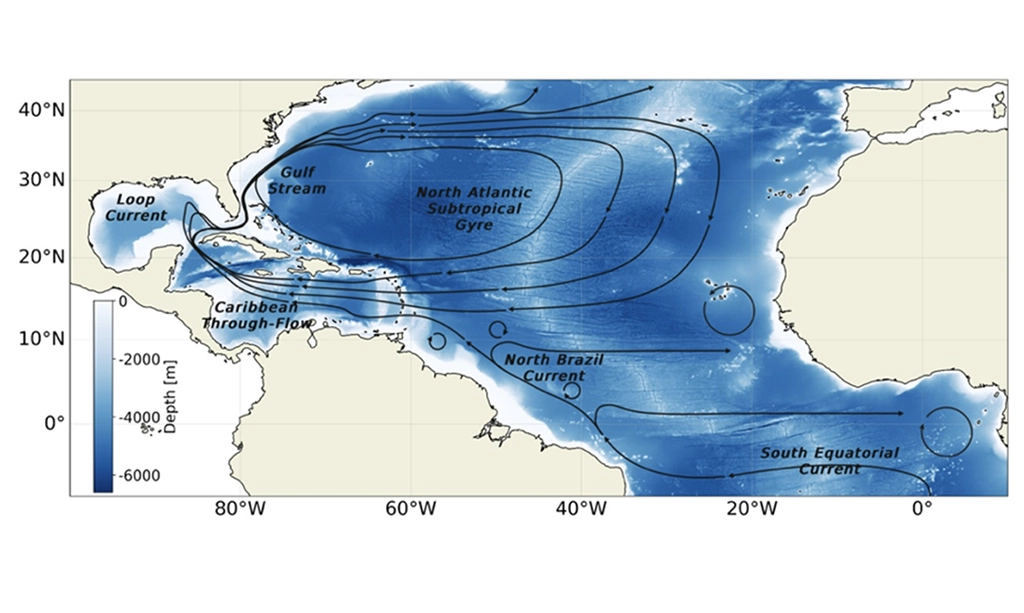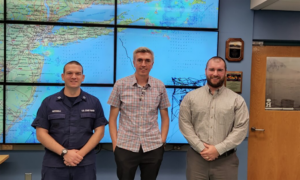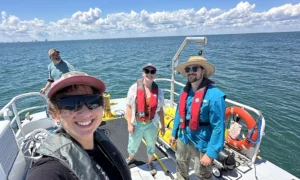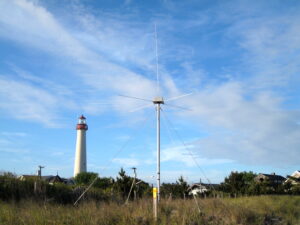A new study led by Rutgers researchers reports long-term warming and shifts in salinity in the Caribbean Through‑Flow (CTF), a major ocean current that connects the tropics to the North Atlantic. The findings, published in Nature Scientific Reports, suggest that ongoing changes in this region may play a role in influencing broader ocean and climate dynamics.
Using more than six decades of oceanographic data, the research team found that the upper 200 meters of the CTF has been steadily warming and changing in salinity since 1960. Specifically, the study found subsurface warming of about 0.2 °C per decade, surface freshening of approximately 0.13 g kg⁻¹ per decade and increased salinity at deeper levels of around 0.05 g kg⁻¹ per decade.
These trends suggest that CTF, a key ocean pathway, is undergoing changes at a rate faster than the global ocean average for similar depths.
“While the global ocean is warming, the rates we see in this region are notably higher,” said Joe Gradone, lead author and postdoctoral researcher at the Rutgers Center for Ocean Observing Leadership (RUCOOL). “The Caribbean Through‑Flow plays an important role in moving heat and salt from the tropics into the North Atlantic, so understanding how it is changing is key to monitoring regional and possibly global climate impacts.”

Location and decade of collection of the >28,000 temperature and salinity profiles used in the analysis. Courtesy of RUCOOL>
The study’s findings have important implications for ocean circulation and climate, as the CTF is a major component of the Atlantic circulation system, feeding into the Gulf Stream and eventually the Atlantic Meridional Overturning Circulation (AMOC). Changes in the temperature and salinity of this current could affect water mass formation in the North Atlantic and the transport of heat and salt at larger scales.
“These observations do not mean the AMOC is changing directly but they highlight that upstream conditions are shifting in ways that could matter. It’s an area that warrants further attention,” added Gradone.
The study relied on a combination of historical ocean profiles and numerical ocean model reanalysis data to capture trends in the CTF between 1960 and 2023. The researchers emphasize the value of sustained, long-term monitoring of ocean conditions—not just at the surface but throughout the water column.
“Subsurface measurements are essential,” said study co-author Travis Miles, associate professor in the Department of Marine and Coastal Sciences. “Surface data alone can miss important changes that happen deeper in the ocean, which can influence circulation and climate processes over time.”
While the changes observed are most pronounced within the Caribbean region, they connect to broader patterns in the Atlantic and beyond. Warmer upper ocean temperatures and altered salinity profiles can influence sea level rise, ocean stratification and heat content, all of which affect the development and intensity of tropical cyclones. In particular, increased heat stored beneath the surface can provide additional fuel for storms, even when surface temperatures appear moderate. These evolving ocean conditions may contribute to more frequent or stronger storms in the Caribbean and surrounding regions, with implications for coastal resilience and disaster preparedness.
The authors recommend expanding ocean observations in the Caribbean, with a focus on autonomous underwater gliders. Unlike Argo floats, which often miss this region due to the narrow island passages and shallow sill depths, gliders can be directed through complex terrain and collect high-resolution subsurface data. This makes them especially effective for tracking changes in the Caribbean Through‑Flow and improving understanding of its role in regional climate.
Original article at Rutgers NJAES Newsroom




